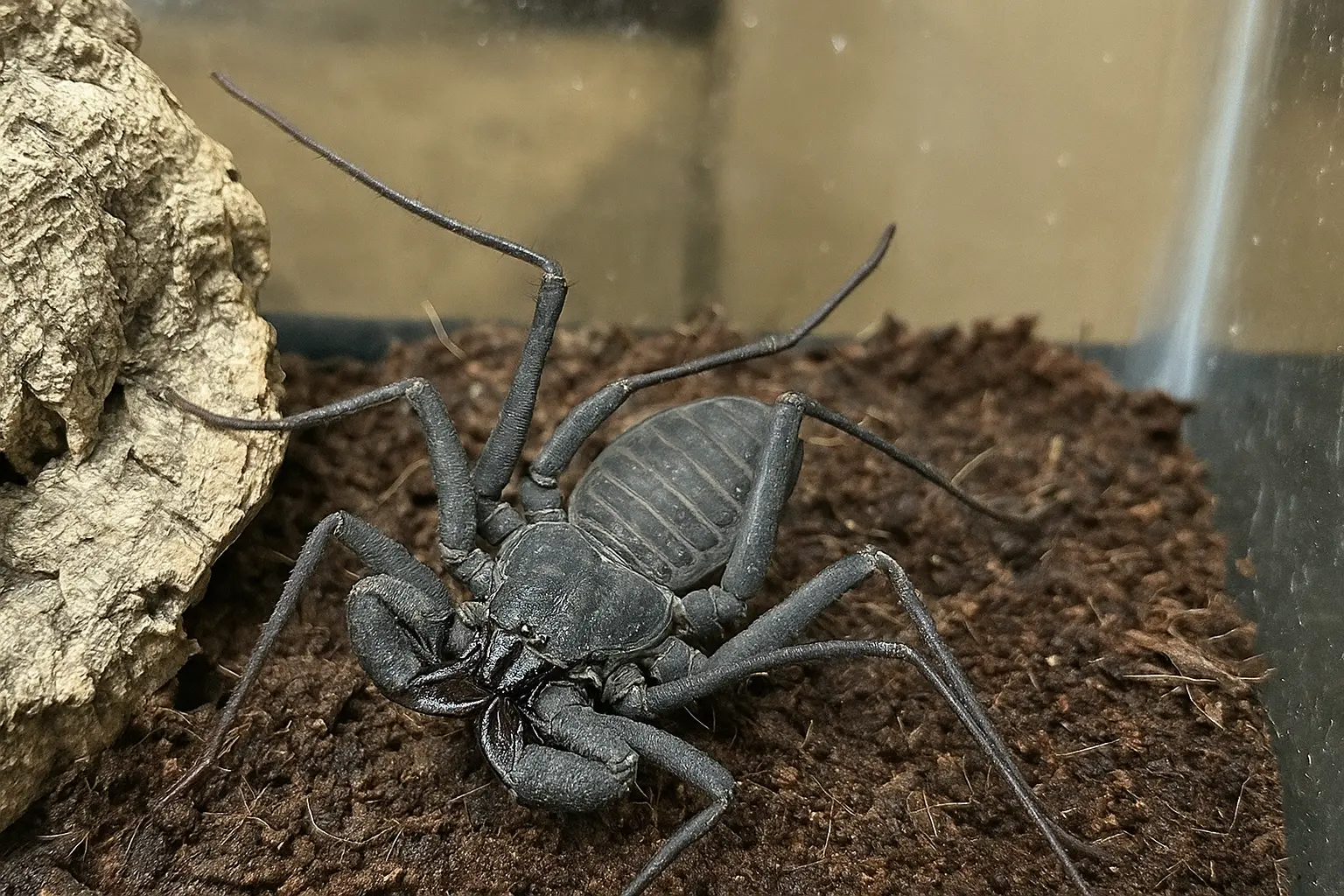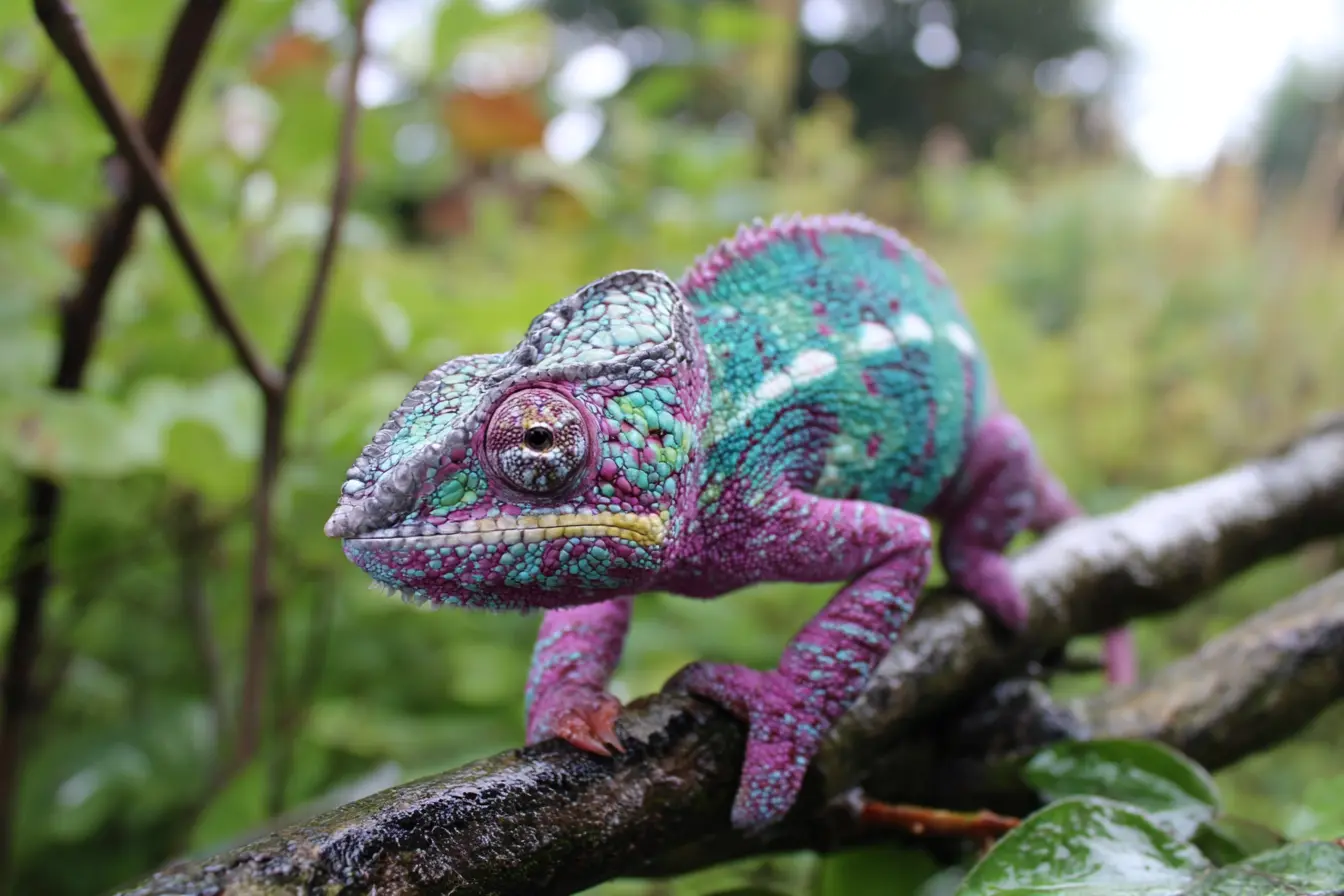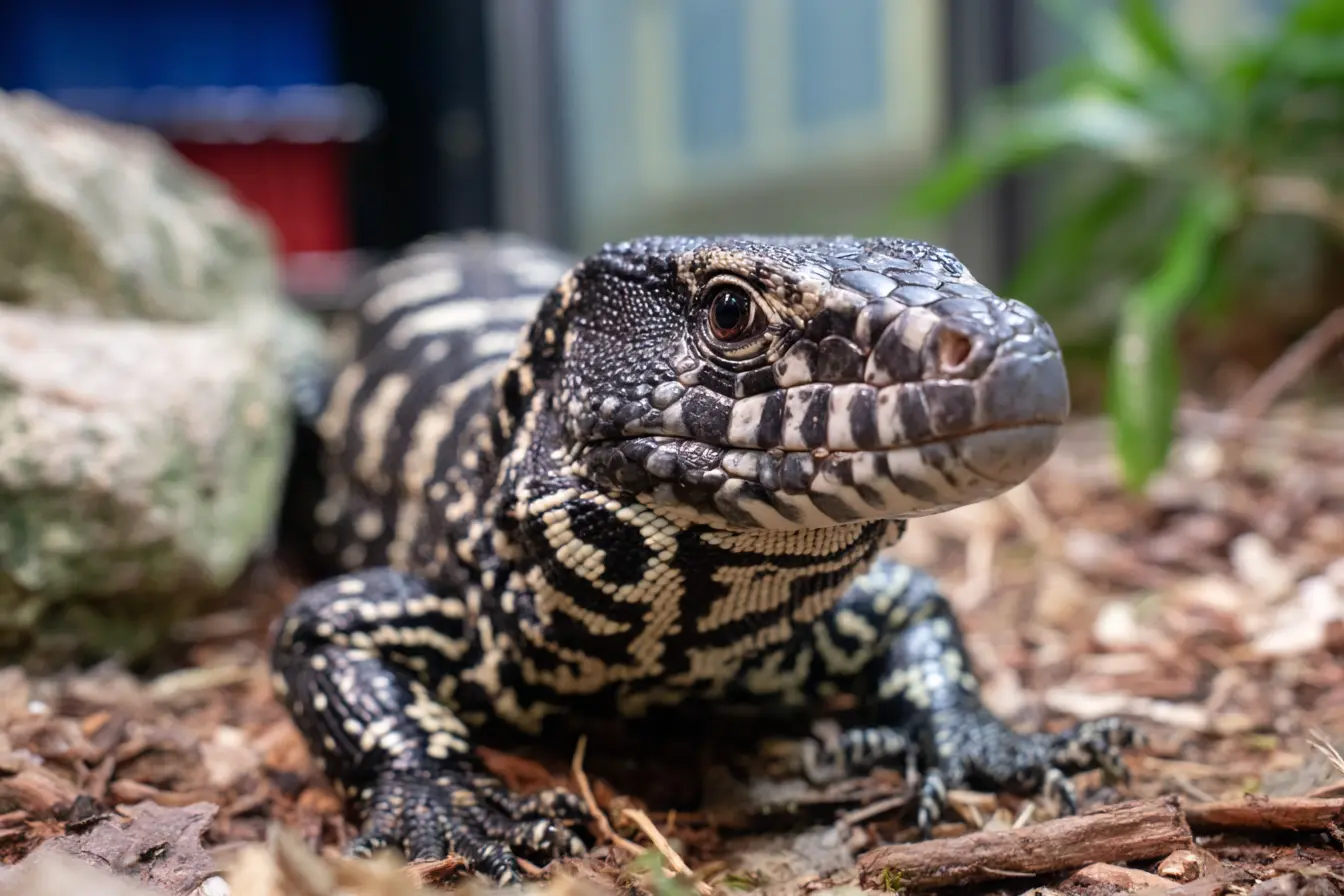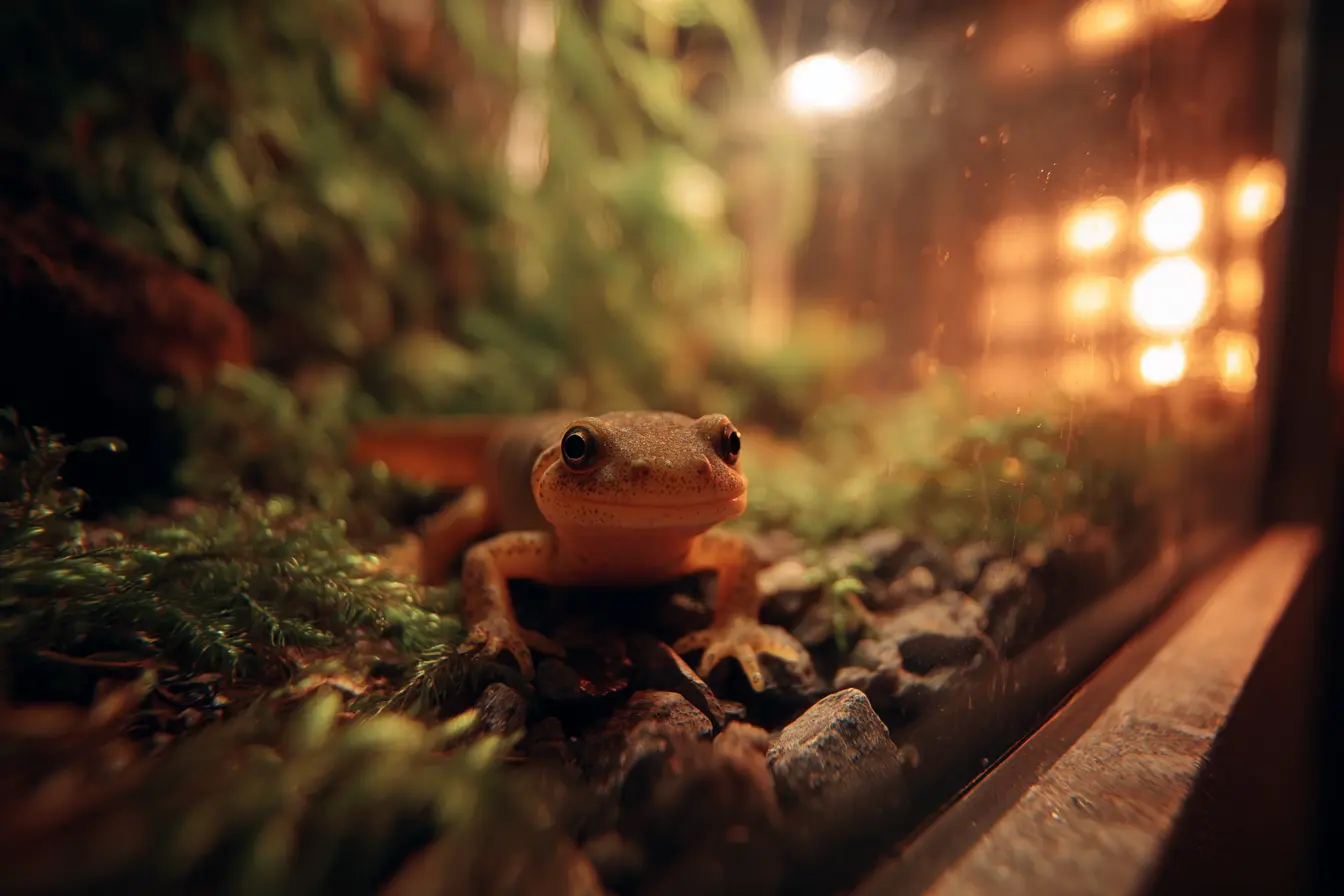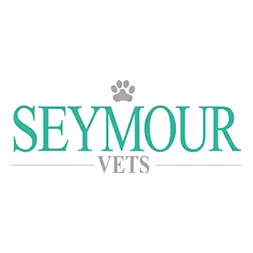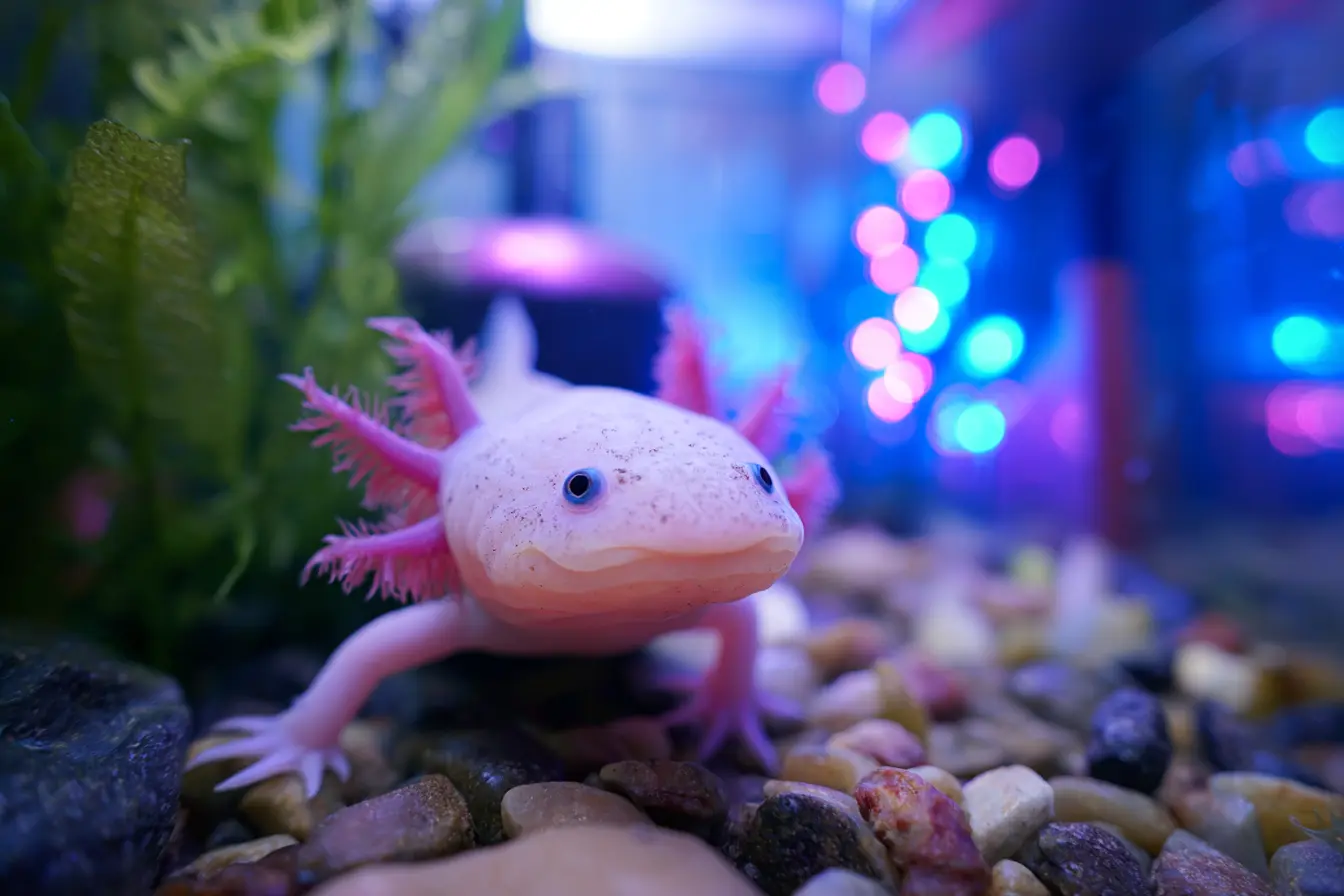
Common Ailments in Axolotls: A Complete Guide for Owners
Axolotls are unique and captivating amphibians, known for their external gills and remarkable regenerative abilities. However, despite their hardy appearance, axolotls are prone to several health issues, especially when kept in suboptimal conditions. Understanding the common ailments affecting axolotls is key to maintaining their wellbeing. This guide covers causes, symptoms, prevention, and treatment strategies in detail.
Ammonia Poisoning
Cause: Ammonia poisoning occurs due to the build-up of toxic ammonia in the water, often resulting from insufficient filtration, overfeeding, or an uncycled tank.
Symptoms:
- Gills curling forward
- Reddened skin or gills
- Lethargy
- Loss of appetite
- Frequent surfacing for air
Prevention:
- Cycle the tank fully before adding axolotls
- Perform regular water changes
- Test water parameters frequently
- Use an efficient biological filtration system
Treatment: Immediate large water changes are essential. Adding ammonia-neutralising products can help, but addressing the root cause (e.g., filter performance) is critical. Severely affected axolotls may require veterinary attention.
Fungal Infections
Cause: Fungal infections typically result from injuries, poor water quality, or low temperatures. The most common fungus affecting axolotls appears as white, cottony growths.
Symptoms:
- White, fluffy patches on skin, gills, or limbs
- Reduced activity
- Loss of appetite
Prevention:
- Keep water clean and at appropriate temperatures (14–18°C)
- Handle axolotls carefully to avoid injuries
- Quarantine new arrivals
Treatment: Mild cases can sometimes be treated with salt baths. More serious infections may require antifungal treatments prescribed by a vet. Improving water quality is crucial for recovery.
Impaction
Cause: Impaction happens when an axolotl ingests something it cannot pass, such as large gravel, substrate, or inappropriate food.
Symptoms:
- Loss of appetite
- Swollen abdomen
- Buoyancy issues (floating or sinking)
- Lethargy
Prevention:
- Use fine sand or a bare-bottom tank — never gravel
- Offer appropriately sized food
- Monitor feeding carefully
Treatment: Mild impactions may resolve with a period of fasting and cooler water to slow metabolism. In severe cases, veterinary intervention is needed, potentially including surgery.
Floating
Cause: Floating can be caused by impaction, gulping air, infection, or internal organ issues.
Symptoms:
- Inability to remain submerged
- Tilting to one side
- Frequent surfacing
Prevention:
- Maintain stable water parameters
- Avoid feeding foods that cause gas build-up
- Ensure proper tank set-up without sharp edges or tight spaces
Treatment: Identify and address the underlying cause. If the floating persists for more than 24–48 hours, consult a vet.
Gill Deterioration
Cause: Poor water quality, high temperatures, or aggressive tank mates can lead to gill damage.
Symptoms:
- Shortened or missing gill filaments
- Pale or shrivelled gills
- Reduced movement of gill filaments
Prevention:
- Keep water cool and clean
- Avoid overcrowding or keeping aggressive species together
- Minimise handling
Treatment: Improve water conditions immediately. In most cases, healthy gills will regrow over time if the environment is corrected.
Stress-Related Illness
Cause: Stress can result from unsuitable water temperatures, poor water quality, aggressive tank mates, or frequent disturbances.
Symptoms:
- Pale colouration
- Gill curling
- Frequent floating or hiding
- Loss of appetite
Prevention:
- Maintain consistent, optimal water parameters
- Keep the tank in a quiet location
- Limit handling
Treatment: Identify and correct the source of stress. Supportive care and optimal environmental conditions usually lead to recovery.
Heat Stress
Cause: Axolotls are cold-water creatures and can suffer if temperatures rise above 20°C.
Symptoms:
- Increased activity (hyperactivity)
- Gill deterioration
- Loss of appetite
- Floating
Prevention:
- Keep water temperature between 14–18°C
- Use a fan, aquarium chiller, or frozen water bottles to cool the tank
Treatment: Lower the water temperature gradually. Severe cases may require veterinary care if internal damage has occurred.
Mouth Infections (Mouth Rot)
Cause: Mouth infections are often bacterial and result from poor water quality, injuries, or compromised immune systems.
Symptoms:
- Red, swollen mouth
- Difficulty eating
- Visible sores or white patches around the mouth
Prevention:
- Keep water clean and well-filtered
- Minimise handling
- Remove sharp or rough decorations from the tank
Treatment: Veterinary consultation is necessary. Treatment usually involves antibiotics and, occasionally, antiseptic rinses under professional guidance.
Injuries and Limb Damage
Cause: Injuries can result from aggressive tank mates, sharp decorations, or mishandling.
Symptoms:
- Visible wounds
- Missing limbs or gills
- Behavioural changes
Prevention:
- Avoid housing axolotls with fish or other aggressive axolotls
- Choose soft, smooth tank decorations
- Handle only when absolutely necessary
Treatment: Axolotls can regenerate lost limbs, but clean water and a stress-free environment are essential for proper healing. Severe wounds may require veterinary intervention.
General Preventative Care Tips
- Cycle the tank fully before introducing an axolotl.
- Test water parameters weekly, maintaining ammonia and nitrite at 0ppm, and nitrate below 20ppm.
- Perform regular partial water changes (20–30% weekly).
- Feed a balanced diet of earthworms, axolotl pellets, and occasional treats like bloodworms.
- Quarantine new axolotls for at least 30 days before introducing them to an established tank.
- Handle axolotls minimally and always with clean, wet hands if handling is necessary.
- Maintain a stress-free environment with minimal sudden light or noise changes.
Conclusion
Healthy axolotls require diligent care, particularly regarding water quality, diet, and tank conditions. Early identification and prompt action are essential to preventing minor issues from escalating into life-threatening conditions. With proper husbandry and attentive care, axolotls can live long, healthy lives, showcasing their full charm and fascinating biology. Always consult an exotic or amphibian-specialised veterinarian if you observe signs of illness or injury.
Contents
Tags
Related Vets
Vets near you
Speciality vets
- Aquatics vet specialists
- Birds vet specialists
- Camelids vet specialists
- Cats vet specialists
- Cattle vet specialists
- Deer vet specialists
- Dogs vet specialists
- Equines vet specialists
- Exotic vet specialists
- Goats vet specialists
- Pigs vet specialists
- Poultry vet specialists
- Sheep vet specialists
- Small Mammals vet specialists
- Wild vet specialists
